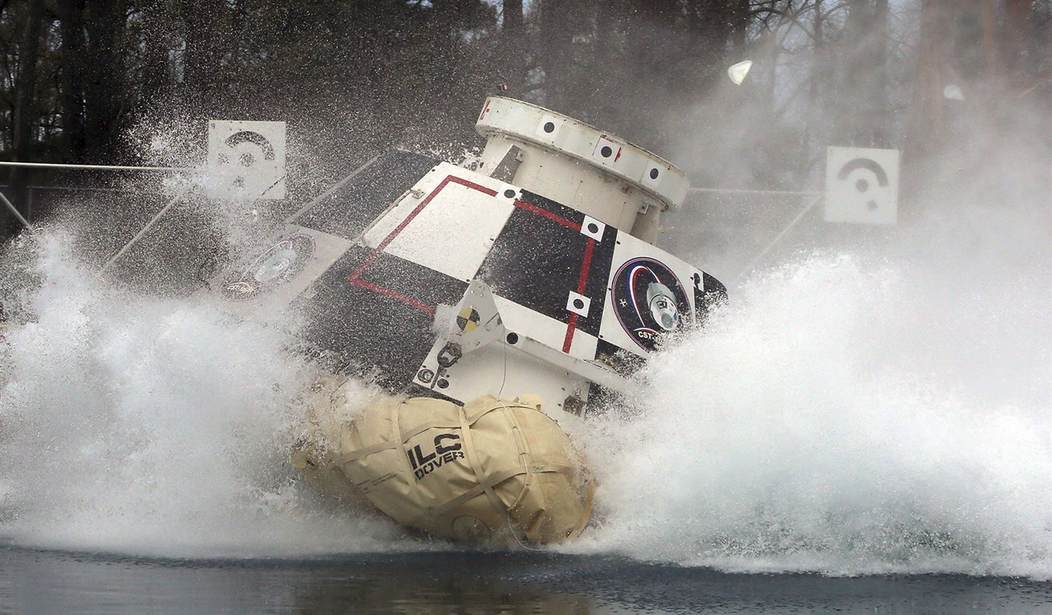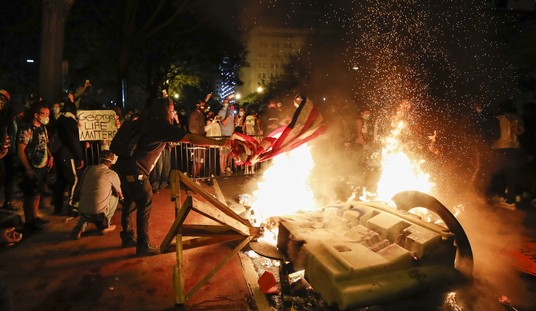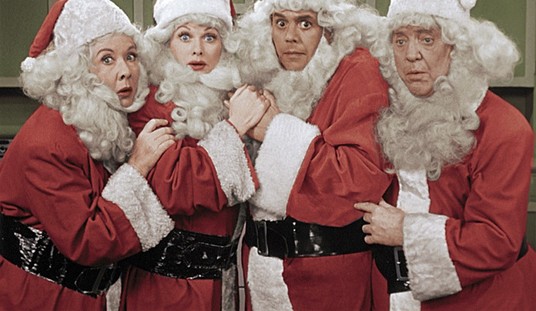Whatever the difference is between "an abundance of caution" and "we can't admit failure yet," I have the feeling we're not more than a few weeks from NASA showing us exactly what it is. If NASA's Thursday press conference is anything to go by, that is.
Today marks Day 50 of NASA astronauts Butch Wilmore and Suni Williams's weeklong stay on board the International Space Station, as ground crews continue to do everything in their power to figure out to safely get them back to Earth aboard their troubled Starliner space capsule.
This particular Starliner was rated for no more than a 45-day stay, but apparently it's been decided that it's better to stretch the capsule's batteries out for the extra time rather than to risk letting Wimore and Williams fly Starliner home. NASA now says 90 days.
To briefly recap how we got here — or, to be more precise, how Wilmore and Williams got stuck up there — we only have to go back to May. That's when Starliner's long-delayed first manned test flight got scrubbed for the first time, due to a small helium leak in one of the service module's 28 maneuvering thrusters. When the thing finally did arrive at the ISS, four more leaks were found and more worrisome, four thrusters failed.
All along, NASA has insisted that Starliner is safe enough to bring Wilmore and Williams home if an emergency required it, which several readers here have pointed out isn't exactly a vote of confidence. That's the thin reed on which the space agency hangs its insistence that the astronauts aren't "stranded" on the ISS.
Recommended: The Fix Is in (Again): Dems Just Can't Help Cheating
NASA was able to reboot and get two of the thrusters back online but there was still an embarrassing delay getting Starliner docked with ISS. Since then, engineers have worked on new protocols to deal with an unlikely set of circumstances that could lead to the thrusters failing badly enough to kill the crew on the return trip. And at the White Sands Test Facility in New Mexico, NASA and Boeing engineers just finished up a series of thruster tests that were supposed to help them understand what went wrong — and what might go wrong — with Starliner in space.
Now that the White Sands tests are complete, I had thought NASA Commercial Crew Program chief Steve Stich would have something interesting to reveal. But at Thursday's press conference, Stich said... not much, as it turned out.
"We're going to fire all those thrusters to a number of pulses, just to make sure before we undock, that whole system performs the way we expected and the way it did last time we checked it," he said, which would be expected. They'll also take a look at the helium situation. "We'll pressurize manifold by manifold, and then hot-fire the thrusters, and then we'll get a chance to look at the helium leak rates and verify that the system is stable."
How long will that take? When will Wilmore and Williams come home? On that point, Stich had nothing new to say. They'll be up there indefinitely.
The only real item of interest is that the ground tests revealed degradations in the thrusters still here on Earth that would explain the odd behavior of the ones in orbit. If I had to guess, Boeing's years of delays getting Starliner off the ground resulted in subcontractor Aerojet's thrusters being stretched past their best-by date.
This felt like the press conference Stich felt like he had to have since it had been so long since the last one, not the one he wanted to have where he could share some good news.










Join the conversation as a VIP Member